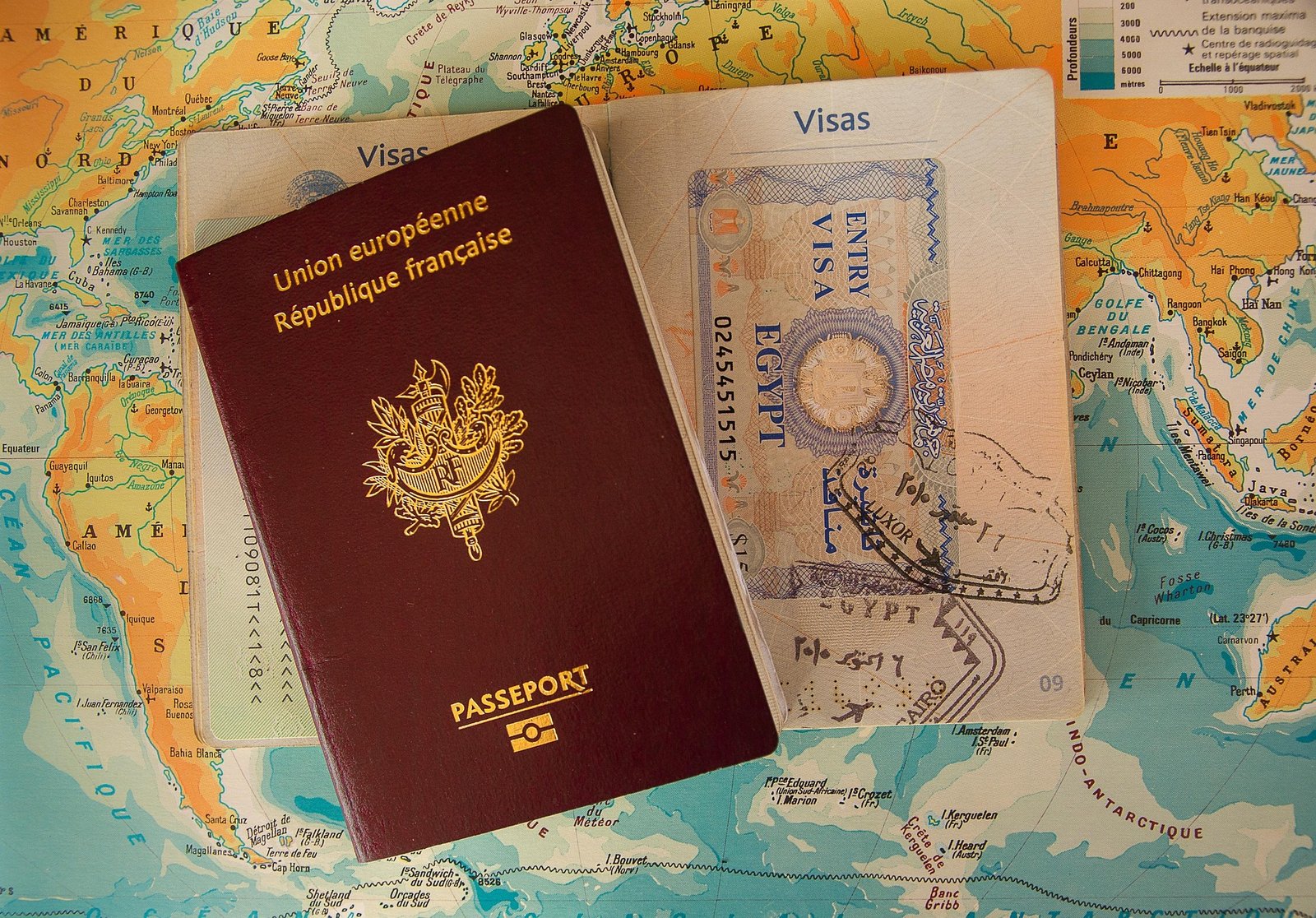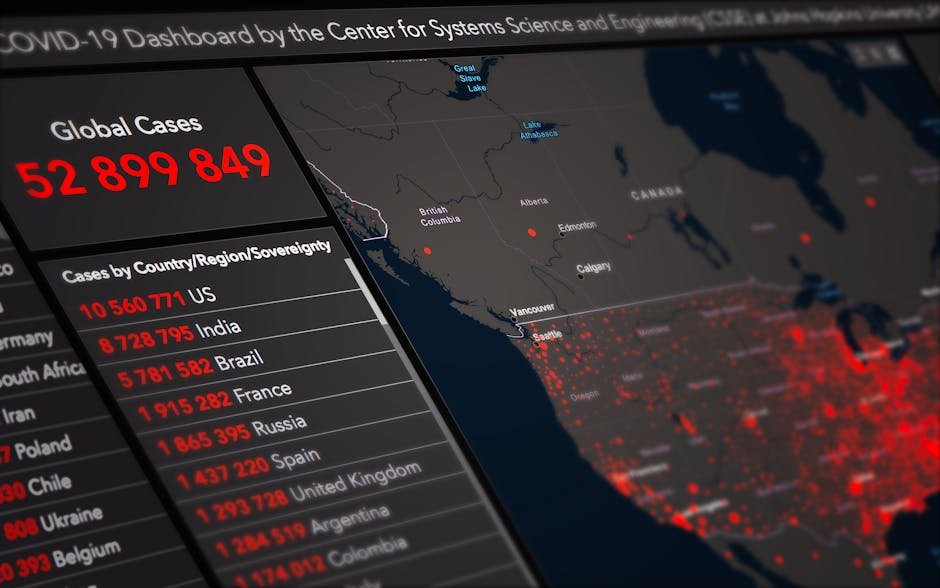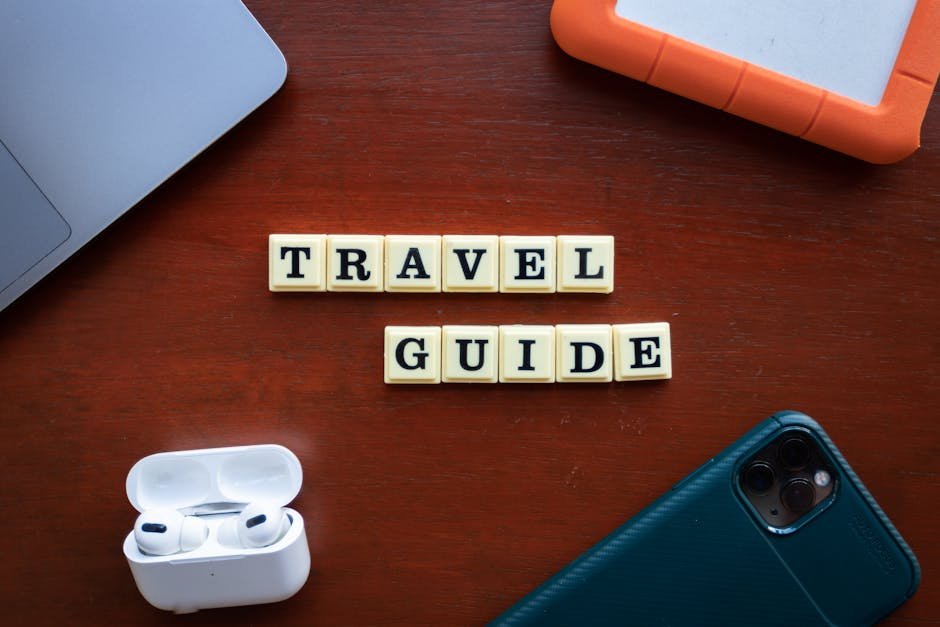If you’re dreaming of working remotely from a beach in Thailand or a cozy café in Costa Rica, the Destination Thailand Visa might be your ticket to making it happen. This visa is designed for folks like you—freelancers, remote workers, and entrepreneurs who want to live abroad while keeping their jobs or businesses running from anywhere. In this article, I’ll walk you through how to apply for a DTV Visa and break down every step of the process in a way that’s easy to follow. We’ll cover eligibility, documents, costs, and even compare DTV programs across countries. Plus, I’ll share tips to make your application smooth and stress-free. Let’s dive in!
What Is the Destination Thailand Visa (DTV)?
The DTV is a special visa that lets remote workers live in a foreign country while working for clients or employers outside that country. Unlike tourist visas, which often limit your stay to a few months, the DTV allows longer stays—sometimes up to a year or more. It’s also different from traditional work visas because you don’t need a local employer to sponsor you. Countries like Thailand, Costa Rica, and Argentina have jumped on the DTV bandwagon to attract digital nomads, boosting their economies while offering you a chance to live somewhere amazing.
Why Choose a DTV?
The DTV is perfect if you want to:
- Live in a new country without giving up your remote job or freelance gigs.
- Enjoy a longer stay than a tourist visa allows.
- Avoid the hassle of local employment requirements.
Step-by-Step Guide to Applying for a DTV Visa
Applying for a DTV might seem daunting, but it’s totally doable if you break it down. Below, I’ll guide you through each step, using examples from popular DTV programs like Thailand’s, which launched in 2024. Let’s get started!
Step 1: Check If You’re Eligible
First things first, you need to make sure you qualify for the DTV. While every country has its own rules, here are the common requirements:
- Age: You usually need to be at least 18 or 20 years old.
- Remote Work: You must work for a foreign employer, run your own business, or freelance for clients outside the host country. Think programmers, writers, designers, or consultants.
- Income: Most countries set a minimum income to ensure you can support yourself. For example:
- Thailand DTV: At least $2,000/month or $24,000/year.
- Costa Rica DTV: $2,500/month for individuals or $5,000/month for families.
- Iceland Remote Worker Visa: Around $8,000/month.
- Health Insurance: You’ll need coverage for your entire stay, often with a minimum amount (e.g., $50,000 for Thailand).
- Clean Record: A police clearance certificate showing no criminal history is often required.
Pro Tip: Always check the official government website for the country’s DTV program. For example, Thailand’s DTV details are available on the Thai e-Visa portal.
Step 2: Gather Your Documents
Getting your paperwork in order is the most time-consuming part, but it’s super important. Here’s what you’ll likely need:
- Passport: Valid for at least 6 months from your application date.
- Photo: A recent passport-style photo (2×2 inches, plain background).
- Proof of Income: Bank statements, tax returns, or client contracts showing your income for the past 6–12 months.
- Health Insurance: A policy document proving coverage for your stay.
- Criminal Background Check: A certified document from your home country.
- Proof of Remote Work: Contracts, a letter from your employer, or business registration documents showing your income comes from outside the host country.
- Application Form: A completed form, usually available online.
- Extras: Some countries ask for proof of accommodation, like a lease or hotel booking, or a personal statement about your plans.
Example: For Thailand’s DTV, you’ll need to show a bank balance of at least 500,000 THB (about $15,000) and proof of soft power skills (like freelancing or remote work).
Tip: Double-check that all documents are in the right format (e.g., PDF or JPEG) and translated into the host country’s language if required. Some documents may need an apostille stamp for certification.
Step 3: Fill Out the Online Application
Most DTV programs have moved online, making things easier. Here’s how to tackle it:
- Go to the Official Website: Find the immigration or consulate portal. For Thailand, it’s the Thai e-Visa system.
- Sign Up: Create an account with your email and personal info.
- Complete the Form: Fill in details about your job, income, and travel plans. Be accurate to avoid delays.
- Upload Documents: Scan and upload your documents, making sure they meet size and format requirements.
- Pay the Fee: Fees vary but are usually reasonable:
- Thailand DTV: ~$280 (10,000 THB).
- Costa Rica DTV: $100–$200.
- Argentina DTV: ~$200.
Note: You can often pay online with a credit card, but some countries require payment at the consulate or via bank transfer.
Step 4: Attend an Interview (If Needed)
Some countries might ask for an in-person or virtual interview at their embassy or consulate. If this applies:
- Bring Your Documents: Have originals and copies ready.
- Be Clear: Explain that you’re a digital nomad working remotely and won’t seek local jobs.
- Stay Honest: Answer questions about your income and plans truthfully.
Example: Thailand’s DTV usually skips the interview if your documents are solid, but countries like the U.S. often require one for similar visas.
Step 5: Submit Biometrics
Some DTV programs require fingerprints or photos. This might happen at a visa center like VFS Global or during an embassy visit. For example:
- Thailand DTV: Biometrics might be collected on arrival or at the embassy.
- UK eVisa: Uses a mobile app for remote biometric submission.
Step 6: Wait for Approval
Processing times depend on the country:
- Thailand DTV: 15–30 business days.
- Costa Rica DTV: 30–45 days.
- Iceland Remote Worker Visa: Up to 90 days.
You can usually track your application online using an ID number. Once approved, you’ll get a digital visa (eVisa) or a stamp in your passport.
Step 7: Plan Your Move
Woohoo, you’re approved! Now it’s time to prepare:
- Book Travel: Arrange flights and accommodation.
- Know the Rules: Understand visa conditions, like reporting to local authorities or avoiding local work.
- Register Locally: Some countries, like Thailand, require a TM30 form upon arrival.
Comparing DTV Programs: Which One’s Right for You?
Not all DTVs are created equal. Here’s a quick comparison of popular programs to help you decide:
| Country | Visa Duration | Income Requirement | Application Fee | Why Choose It? |
|---|---|---|---|---|
| Thailand | Up to 5 years (180 days per entry, extendable) | $2,000/month | ~$280 | Affordable living, nomad-friendly cities |
| Costa Rica | 1 year (extendable to 2) | $2,500/month (individuals) | $100–$200 | Tax breaks, stunning nature |
| Argentina | 6 months (extendable) | ~$2,000/month | ~$200 | Vibrant culture, great internet |
| Iceland | 6 months | ~$8,000/month | ~$100 | Unique landscapes, high quality of life |
Pros and Cons
- Thailand: Super affordable and nomad-friendly, but you might need to do border runs every 180 days.
- Costa Rica: Offers tax perks and a chill vibe, though family income requirements are higher.
- Argentina: Perfect for culture lovers, but bureaucracy can be slow.
- Iceland: Ideal for high earners who want a unique experience, but living costs are steep.
How Much Will It Cost?
Let’s talk money. Applying for a DTV involves a few costs, so here’s a breakdown to help you budget:
- Application Fees: $50–$300, depending on the country.
- Document Prep:
- Translations/apostilles: $20–$100 per document.
- Police clearance: $10–$50.
- Photos: $5–$20.
- Health Insurance: $500–$2,000/year, depending on your plan.
- Travel: Flights to the country or consulate: $200–$2,000.
- Living Costs:
- Thailand: $800–$1,500/month (mid-range).
- Costa Rica: $1,200–$2,000/month.
- Iceland: $2,500–$4,000/month.
Total Upfront Cost: Expect to spend $1,000–$3,000 for the application, documents, and initial travel. Monthly costs depend on your lifestyle and destination.
Why the DTV Process Matters
The Destination Thailand Visa (DTV) is part of a global shift toward supporting remote work. Countries are making it easier with online systems, like Thailand’s e-Visa portal, which cuts down on paperwork and speeds things up. But there are challenges:
- Tech Access: If you’re in an area with spotty internet, online applications can be tricky.
- Document Rules: Every country has slightly different requirements, so read the fine print.
- Delays: Popular programs like Iceland’s can take months, especially during busy seasons.
To avoid hiccups, start early, use official resources like VFS Global or government websites, and keep your documents organized.
Tips for a Smooth Application
Here are some practical tips to nail your DTV application:
- Plan Ahead: Start 2–3 months before you want to move.
- Check Formats: Make sure document scans are clear and meet size requirements.
- Use Official Sources: Stick to government sites like Thai e-Visa or Costa Rica Immigration.
- Consider Help: Visa agencies can assist but expect to pay $200–$500 extra.
Wrapping Up
Applying for a Destination Thailand Visa (DTV) is your gateway to living and working in some of the world’s most exciting places. By following these steps—checking eligibility, gathering documents, applying online, and planning your move—you’ll be ready to hit the ground running. Whether you’re eyeing Thailand’s beaches, Costa Rica’s jungles, or Iceland’s fjords, the DTV makes it possible to live your dream while keeping your career on track. Start preparing today, and you’ll be sipping coffee in your new home before you know it!







